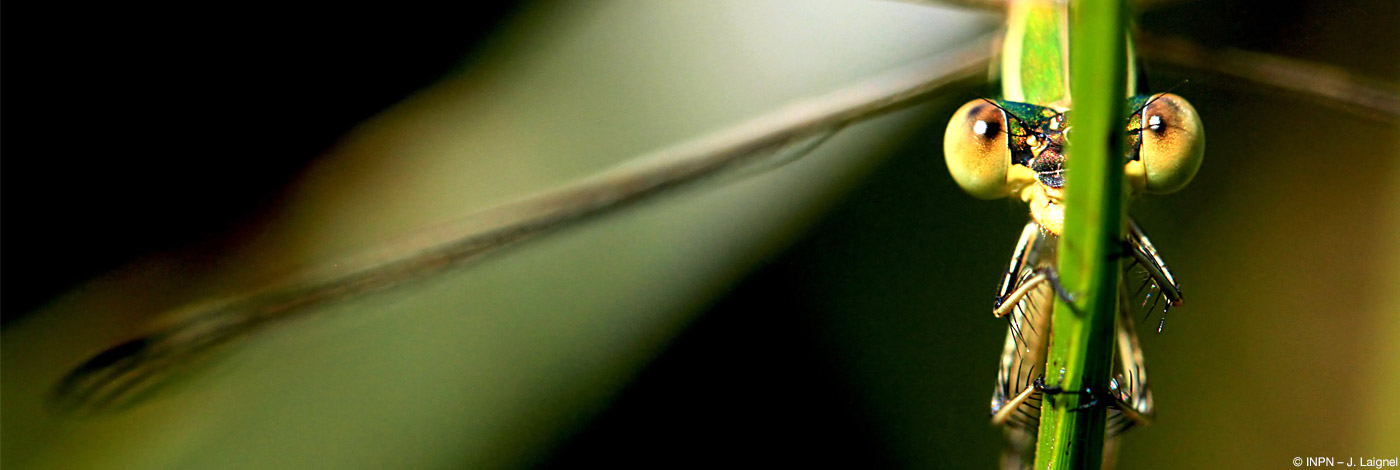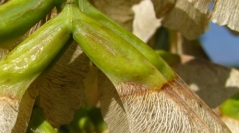

 Naturae
2019 (10) - Pages 257-283
Naturae
2019 (10) - Pages 257-283This article reviews the knowledge about Box elder Acer negundo L. by analyzing the contents of databases and scientific literature, based on more than 200 articles. This tree species has been introduced in France for nearly three centuries. It has large ecological amplitude, which makes it suitable for use in the cities. With high dispersal abilities, it reaches the riparian area, similar as its original native range, to become invasive around the 2000s. According to the established models, the global changes should favor its development. Its dense foliage causes modifications of the flora composition and limits the autochthonous tree species regeneration. In some invaded sites, flora diversity and biomass are strongly impacted. The changes caused on the flora composition have a cascading effect on the other links of the trophic chain. The allergenicity of its pollen can cause health problems in the city, but planted varieties are often female cultivars, eliminating this risk. Samaras are poisonous to horses. Control techniques are effective to limit its invasion.
Invasive Exotic species, biodiversity, biology, ecology, story, riparian forest.